
According to Statista, 64% of IT business leaders globally reported difficulty in finding candidates with the right skills and experience in 2023. Additionally, around 56% struggled to meet potential hires’ salary expectations, adding to recruitment challenges.
In tech companies, as in many other sectors, employees are crucial assets and key drivers of innovation, making it essential to address these issues. IT staffing companies offer valuable, cost-effective solutions for faster and more effective hiring. Here’s how this approach works and how your business can benefit from it.
Content:
- What is the meaning of IT staffing?
- 7 benefits of using IT staffing services
- How is staffing done in the IT industry?
- The role of technology in modern IT staffing
- The evolution of work and hiring – staffing trends 2025
What is the meaning of IT staffing?
IT staffing refers to sourcing, recruiting, and placing technical professionals in various roles within the information technology sector. This approach allows companies to fulfill their need for skilled tech talent quickly and efficiently without relying solely on internal recruitment processes.
The concept of IT staffing traces its roots back to the rapid growth of the tech industry in the late 20th century. As businesses began adopting computers and digital solutions in the 1970s and 1980s, the demand for specialized technical knowledge rose sharply. Traditional recruitment strategies could not keep pace with the demand for IT professionals, leading to the formation of niche staffing agencies dedicated to finding and placing tech talent.
The 1990s brought about the tech boom and the rise of the internet, leading to a surge in the need for web developers, network specialists, and IT support. This era’s job market data and studies, such as those from the U.S. Bureau of Labor Statistics, show a significant spike in IT job postings and the emergence of specialized staffing firms.
Top IT staffing companies, like Robert Half, founded in 1948 and evolving into specialized divisions like Robert Half Technology, and other early adopters of IT staffing services are documented examples. Industry publications and case studies outline how these agencies adapted to meet the tech market’s growing needs in the 1980s and 1990s.
Today, IT staffing has evolved into a sophisticated industry that uses modern recruitment tools, global talent networks, and specialized expertise to meet the dynamic needs of the tech world.

What is technical staffing?
With IT staffing being a subset of technical staffing, let’s also pay some attention to tech staffing. While IT staffing focuses on technology and computer system roles, technical staffing covers a broader range of positions that require specialized technical skills across different fields and industries. Technical staffing can include engineering, data science, technical project management, research and development, and roles in emerging tech areas such as AI, ML, and robotics.
Technical staffing caters to industries like manufacturing, healthcare, aerospace, and biotech, alongside IT.
7 benefits of using IT staffing services
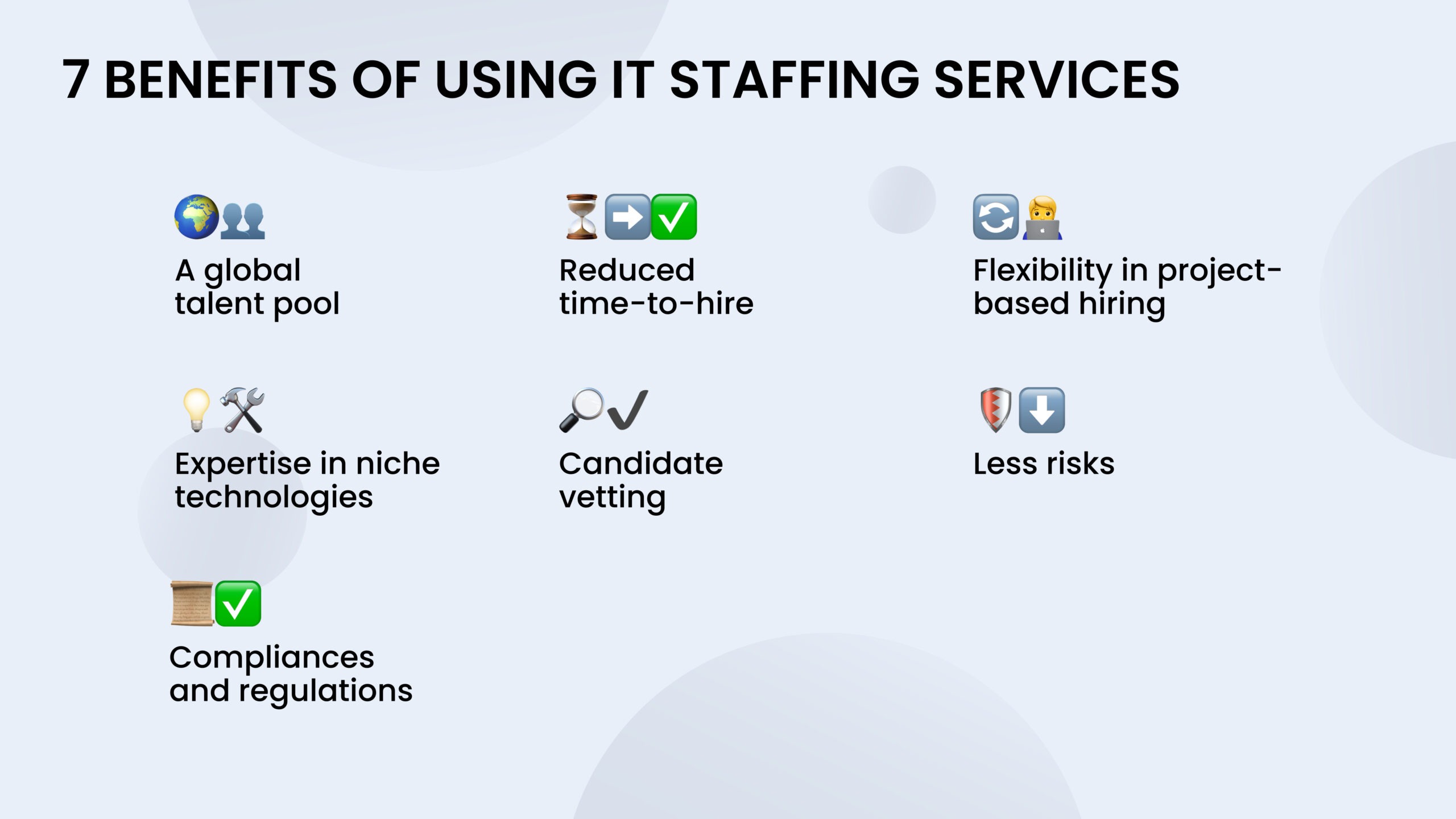
IT staffing helps you bring in tech experts quickly, without the long process of full-time hiring. You can add skilled developers, QA engineers, or DevOps specialists to your team for specific projects. The flexibility makes it appealing—you get the right talent for app development, cybersecurity, or other tech needs without long-term commitments. It’s a truly cost-effective way to boost your team.
Here are seven key benefits your business can experience thanks to IT staffing.
1. A global talent pool
In a 2020 report by McKinsey & Company, 87% of executives faced talent gaps and recognized global recruitment as a solution. EOR companies and other agencies specializing in international staffing help overcome these gaps with regional hiring practices and time zone considerations.
2. Reduced time-to-hire
Top IT staffing agencies facilitate and speed up the recruitment process, often filling critical roles in half the time it takes traditional hiring teams. A study by Glassdoor Economic Research reveals that the average time-to-hire for a tech position is 23.8 days, whereas agencies can cut this down to 14 days or fewer. For instance, companies like MWDN offer pre-vetted candidates within two weeks, significantly shortening the hiring cycle.
3. Flexibility in project-based hiring
Staff augmentation vendors offer flexibility as they allow companies to hire on a project basis. This can help you scale your teams as needed. Multiple surveys show that over one-third of companies use flexible staffing solutions, which help them meet project timelines and maintain efficiency.
4. Expertise in niche technologies
Hiring and staffing vendors often focus on sourcing professionals with expertise in emerging or niche technologies, such as blockchain, AI/ML, and cybersecurity. Since locating talent with specialized skills is a significant challenge—and progress waits for no one—IT staffing solutions can help you stay competitive by quickly bringing in the niche specialists you need.
5. Candidate vetting
Over 80% of our clients report higher satisfaction rates due to the rigorous selection process that our staffing department provides. Staff augmentation companies like ours go beyond basic screening and conduct in-depth assessments that include technical tests and behavioral interviews. The result? Higher-quality candidates for our clients.
6. Less risks
The best IT staffing companies (MWDN included) offer trial periods or contract-to-hire options, which reduces the risk of a poor hire. According to a study by Harvard Business Review, a bad hire can cost a company 30% of the employee’s annual salary. With trial options, you can ensure a good fit before committing to a full-time role.
7. Compliances and regulations
If you choose global hiring, you should better ensure compliance with local labor laws, tax regulations, and employment standards. Over 65% of companies expanding into new markets rely on third-party agencies to handle compliance and avoid costly legal issues, and they have a reason to do so. Compliance and regulations expertise of a savvy global staff augmentation company can save you from potential legal pitfalls.
How is staffing done in the IT industry?
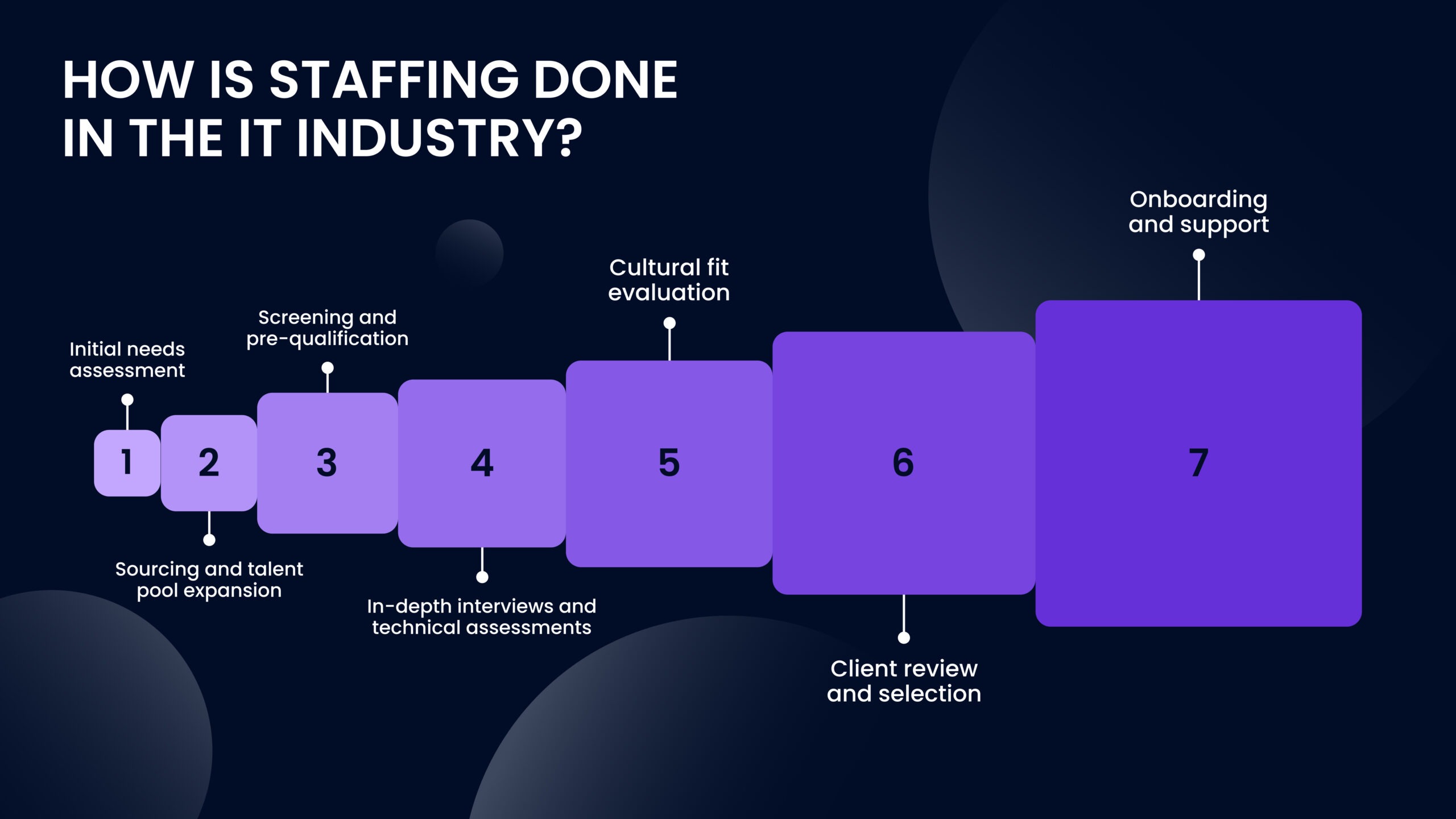
Staffing in the IT industry follows a structured yet adaptable process designed to match the best talent with each client’s needs. Here’s a breakdown of how IT staffing is typically done, with examples and reasons for each step:
1. Initial needs assessment
Before sourcing candidates, the staffing process starts with a comprehensive consultation to understand the company’s specific requirements. This includes identifying the scope of the project, technical skills needed, team culture, and any specific soft skills that would make a candidate successful.
Why it’s necessary? This step ensures that recruiters align their search with the company’s precise technical needs. For example, a tech startup developing a mobile app may need a full-stack developer proficient in both front-end and back-end technologies like React and Node.js, as well as experience working in agile environments.
2. Sourcing and talent pool expansion
Staffing agencies often use various sources, including their proprietary databases, professional networks, job boards, and global talent platforms. They may also use targeted strategies such as engaging in tech meetups, hackathons, and partnerships with coding boot camps to find fresh talent.
For example, an IT staffing agency looking for cloud engineers may partner with specialized online forums like AWS Community Builders or engage with participants at cloud technology conferences.
3. Screening and pre-qualification
Candidates go through an initial screening process, including reviewing resumes for relevant experience and checking references. This is followed by technical pre-qualification steps such as coding challenges, problem-solving exercises, or system design tasks, which help evaluate practical skills.
Why it’s necessary? This step filters out candidates who may look good on paper but lack the hands-on expertise needed for complex IT roles. For example, a company hiring for a cybersecurity role might require a simulated security breach test to assess how candidates react to real-world threats.
4. In-depth interviews and technical assessments
Candidates who pass the initial screening move on to more comprehensive interviews that include technical assessments tailored to the role. These involve whiteboard coding, pair programming with current team members, or situational problem-solving exercises. A client often conducts this step.
5. Cultural fit evaluation
Understanding how a candidate aligns with the team’s working style and company values is crucial. Staffing agencies often conduct behavioral interviews or soft skill assessments to determine this alignment.
For example, if an IT company emphasizes collaboration and cross-departmental teamwork, the staffing agency will look for candidates who demonstrate strong interpersonal skills and adaptability, not just technical expertise.
Why it’s necessary? Technical skills alone may not be enough for success if a candidate does not fit well with the team or company culture. A mismatch can lead to high turnover and low team morale.
6. Client review and selection
The staffing agency presents a shortlist of the top candidates to the client, complete with detailed profiles and insights from technical assessments. The client then conducts final interviews or assessments before making a decision.
Why it’s necessary? This step gives the company final control over their hires while benefiting from the pre-selection work done by the staffing agency.
7. Onboarding and support
Once a candidate is selected, the staffing agency assists with onboarding, which may include handling administrative tasks like contracts, payroll, and compliance with labor laws. This phase is particularly important when hiring international talent, as local employment regulations and tax requirements can vary.
For example, for remote IT roles, agencies help set up secure communication channels and provide the candidate with access to the company’s project management tools and code repositories.
Why it’s necessary? A smooth onboarding process helps new team members integrate quickly, reducing downtime and helping the project stay on schedule.
These are precisely the steps we followed for one of our notorious clients, Twingate, who works in the sphere of computer and cybersecurity. For Twingate, MWDN hired over 12 software development and cybersecurity specialists, helping the company grow and achieve its financial goals.
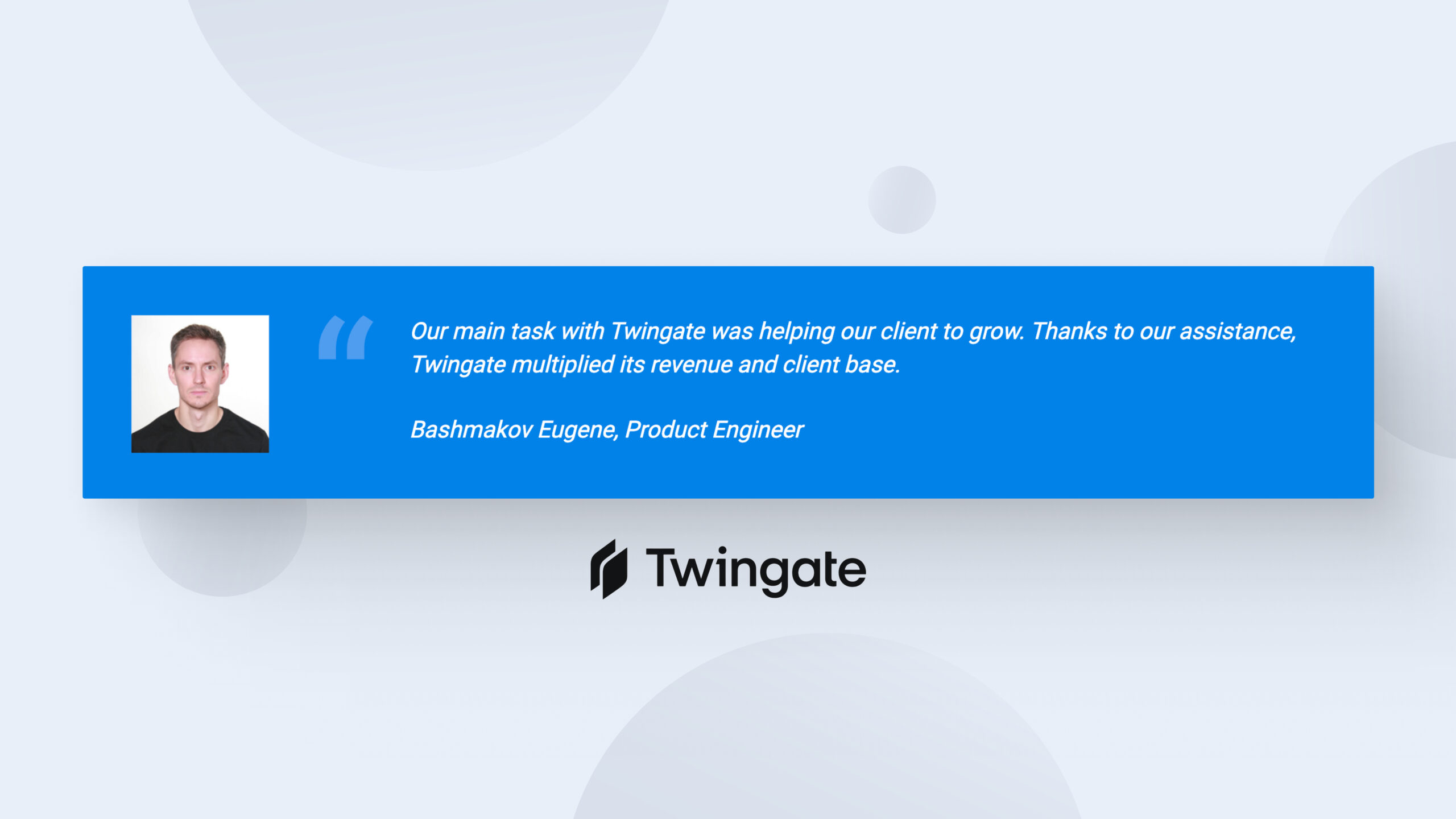
The role of technology in modern IT staffing
Technology has reshaped modern IT staffing solutions, making it more efficient, data-driven, and scalable. In 2024, the role of technology in staffing involves a mix of advanced tools and systems that enhance every aspect of recruitment and hiring.
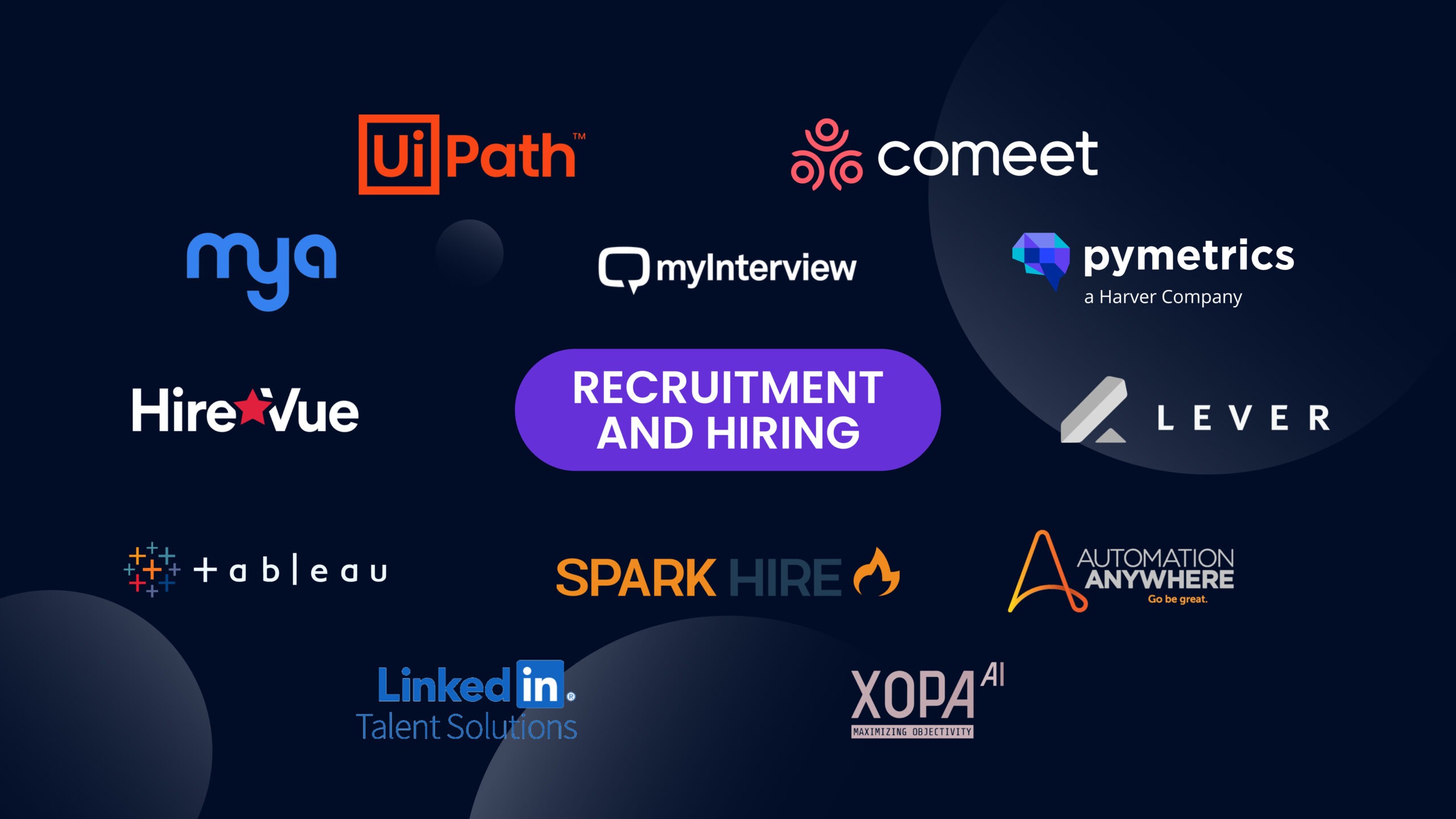
AI-powered candidate screening
AI tools like HireVue and Pymetrics speed up the initial screening process by rapidly sorting through resumes, identifying the best candidates, and ranking them. These platforms minimize human bias and evaluate candidates’ skills, experience, and cultural fit using AI algorithms.
RPA
UiPath and Automation Anywhere are popular RPA tools used to automate repetitive tasks such as data entry, interview scheduling, and follow-up emails. With RPA, IT staffing companies in USA and beyond can save significant time and focus on strategic tasks.
Video interview platforms
Spark Hire and myInterview use AI to conduct video interviews, analyzing candidates’ speech, tone, body language, and responses to gauge soft skills and job suitability. This technology provides a deeper assessment of a candidate’s communication and emotional intelligence.
ATS
Comeet and Lever are top-tier ATS solutions that manage the entire candidate journey. Modern ATS tools include AI-driven features for ranking candidates and predictive analytics for forecasting hiring outcomes and potential turnover rates.
Data analytics for strategic hiring
LinkedIn Talent Insights and Tableau help IT staffing companies track recruitment metrics like time-to-hire, source of candidates, and interview-to-hire ratios. These platforms enable data-driven decisions that refine recruitment strategies.
Chatbots for candidate engagement
Mya and X0PA AI are examples of AI-powered chatbots used in recruitment to engage candidates at different stages, answer questions, and assist with application submissions.
MWDN understands how technology enhances hiring and recruitment—not just because we use these tools ourselves, but because we’ve supported several clients in the hiring and workforce management fields. One example is Better Chains, a platform that assists hospitality companies in recruiting and managing their staff.
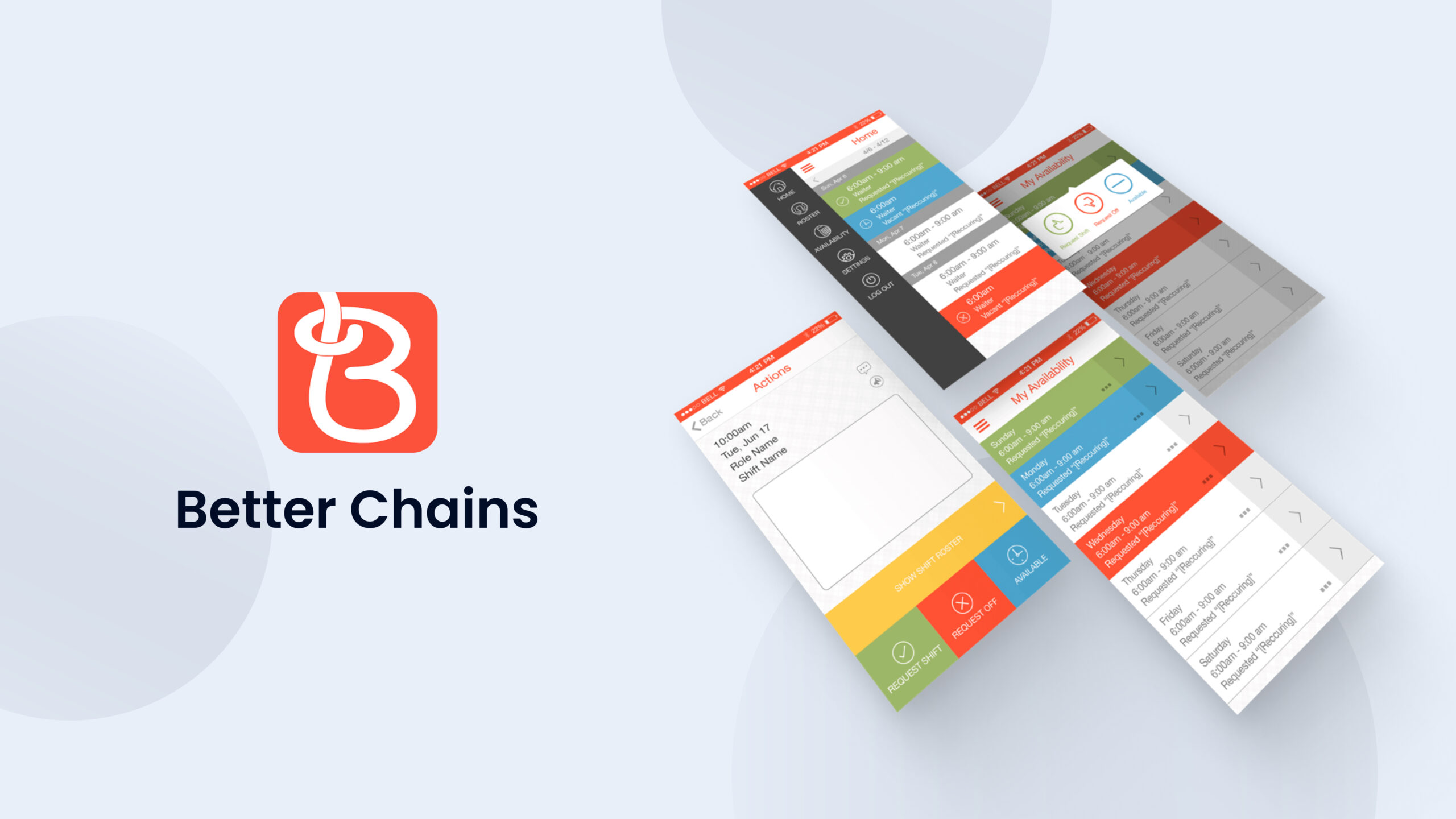
The evolution of work and hiring – staffing trends 2025
The world of work and hiring has transformed, particularly due to the rise of remote work, the impact of the COVID-19 pandemic, and changing employee preferences. Here are some of the trends we can’t go by.
Most in-demand IT positions
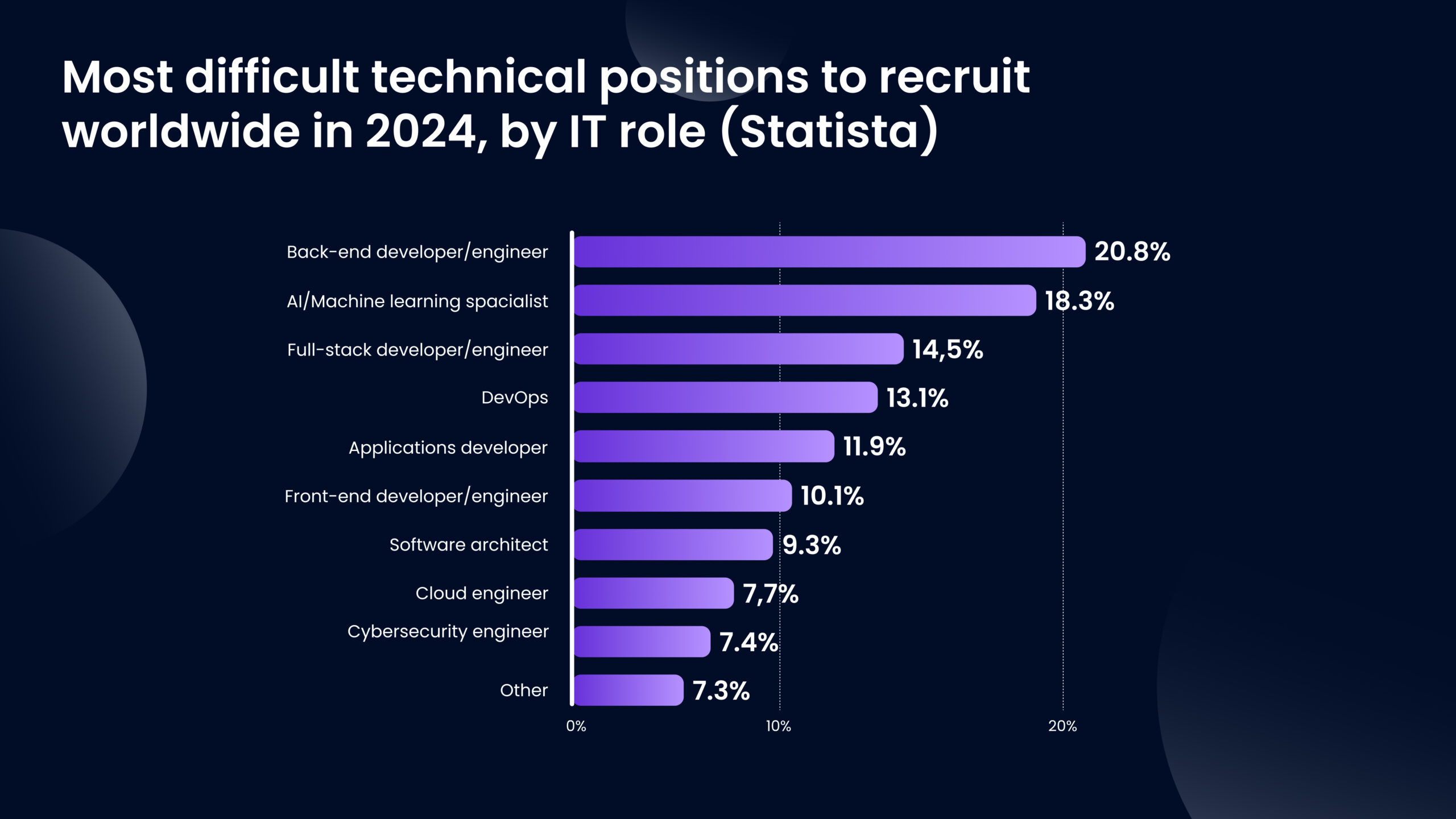
According to Statista’s 2024 data, the most in-demand IT positions include back-end developers, AI/ML specialists, full-stack developers, DevOps engineers, application developers, front-end developers, software engineers, cloud engineers, and cybersecurity engineers. Why are they so much required?
- Back-end developers build the server-side logic and databases that power data-driven applications.
- AI/ML specialists develop algorithms that enhance automation, predictive analytics, and decision-making processes.
- Full-stack developers are versatile problem solvers capable of managing both the front-end and back-end of applications.
- DevOps engineers bridge the gap between development and operations, ensuring faster delivery of software while maintaining high-quality standards.
- Application developers create user-friendly and functional applications.
- Front-end developers craft visually appealing and intuitive interfaces.
- Software engineers are the backbone of any technology-driven company.
- Cloud engineers manage and optimize cloud infrastructure.
- Cybersecurity engineers protect sensitive information and maintain regulatory compliance.
Global hiring and the rise of EOR solutions
Global hiring and the rise of Employer of Record (EOR) solutions have become increasingly prominent in the 2020s, especially within the IT industry. This trend has evolved significantly over the last decade, gaining traction, particularly after the COVID-19 pandemic, which accelerated remote work and international collaboration. As companies sought to navigate the challenges of hiring and managing a distributed workforce, EOR providers emerged as a streamlined solution to complexities related to global employment.
Recruitment and staffing outsourcing
IT companies increasingly turn to recruitment and staffing outsourcing for several compelling reasons beyond simple cost savings. First, outsourcing gives access to advanced recruitment technology and expertise that may not be available internally. It provides the scalability needed to respond to changing market demands. Specialized IT staffing firms can enhance diversity and inclusion efforts, and finally, outsourcing recruitment helps mitigate hiring risks, as experienced firms manage candidate vetting and compliance with labor laws.
The gig economy and remote work
The gig economy is not merely a passing trend; it represents a fundamental shift in the way businesses operate and how talent is sourced, particularly in the IT sector. It’s clear that the gig economy will remain a crucial component of IT staffing for years to come, driven by several compelling factors that extend beyond the surface-level convenience of hiring freelancers.
Here are the pros and cons of gig economy for business:
| Pros | Cons |
|---|---|
| Flexibility – Quickly scale workforce based on project needs. | Inconsistent availability – Freelancers may not always be available when required. |
| Cost efficiency – Reduced overhead costs; pay only for work done. | Higher hourly rates – Freelancers often charge higher rates than salaried employees. |
| Access to specialized skills – A global talent pool with niche expertise. | Limited knowledge of company culture – Freelancers lack familiarity with the company's values and processes. |
| Faster project completion – Rapidly onboard talent for urgent projects. | Potential quality variability – Quality of work can vary among freelancers. |
| Reduced long-term commitment – No need for long-term contracts; flexibility to change as needed. | Onboarding and training costs – Time and resources spent on onboarding new freelancers. |
| Diversity of perspectives – Bring in fresh ideas from varied backgrounds. | Less team cohesion – Temporary workers struggle to integrate with full-time teams. |
| Focus on core competencies – Allows companies to concentrate on strategic initiatives. | Legal and compliance risks – Allows companies to concentrate on strategic initiatives. |
Quite a lot of cons. But you know what perfectly combines all the benefits of the gig economy with the pros of in-house hiring? It’s staff augmentation.

